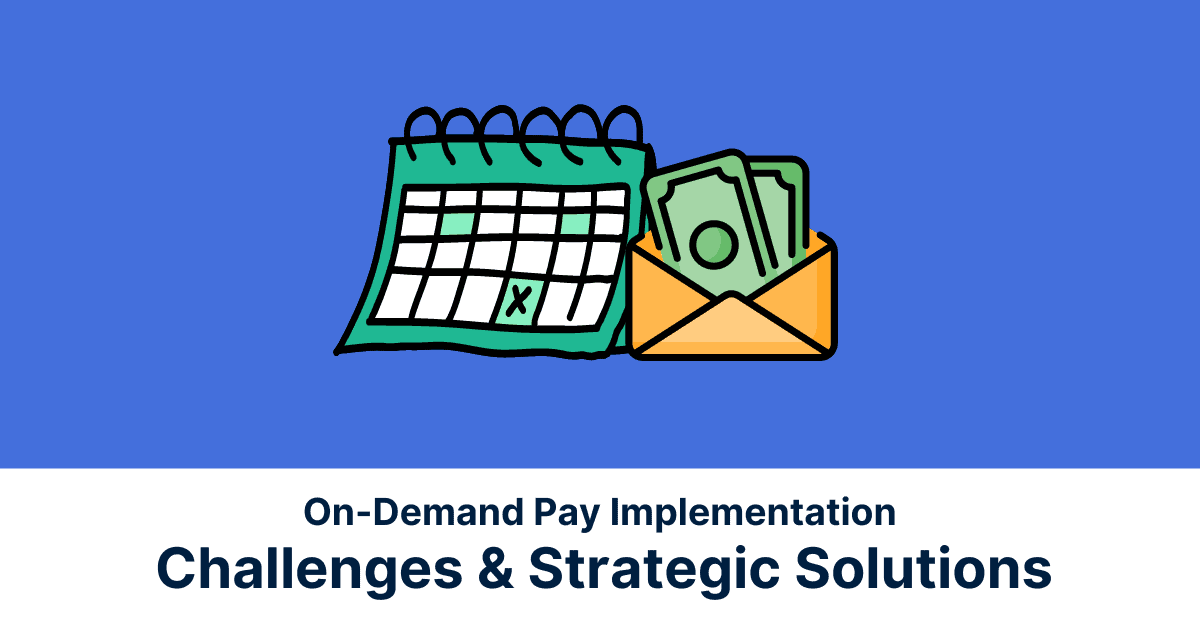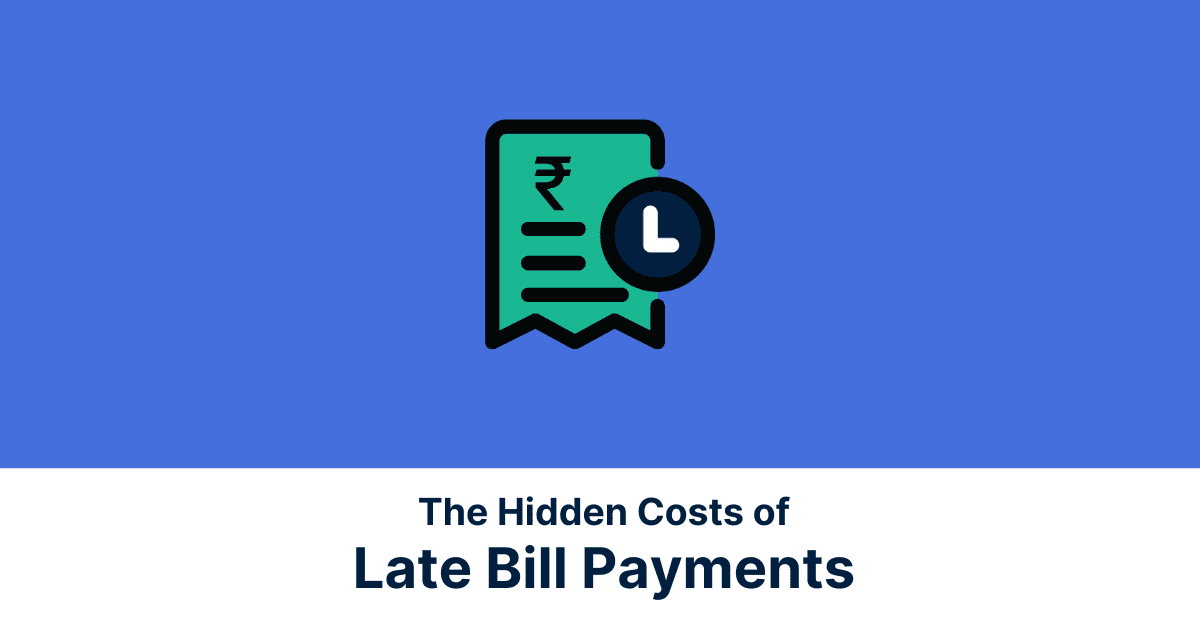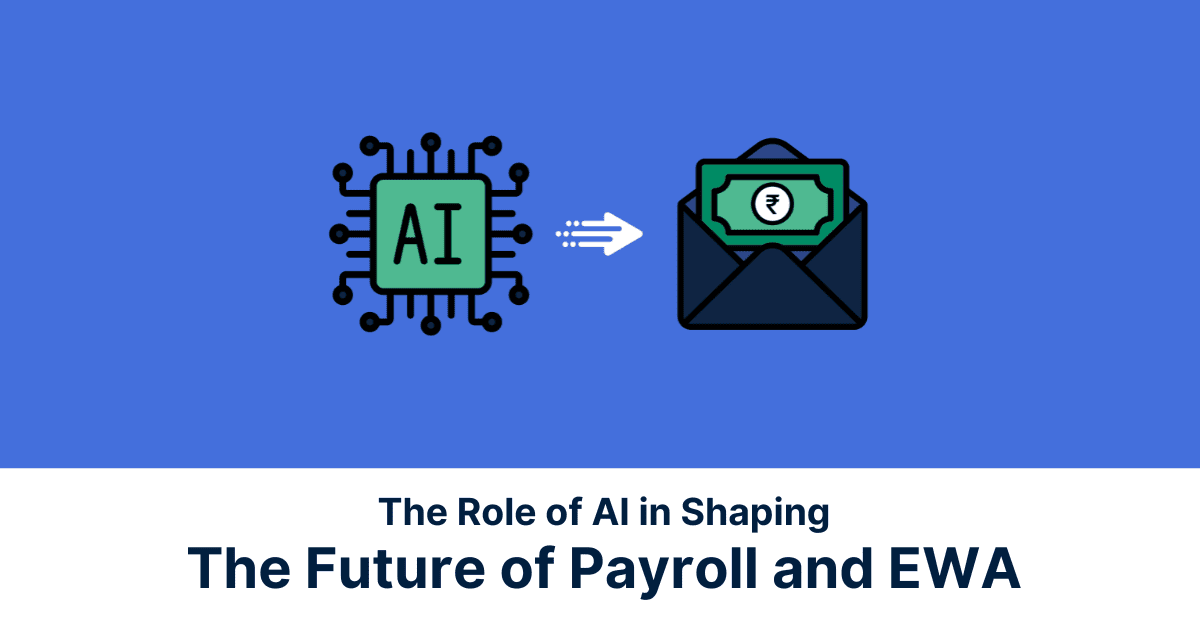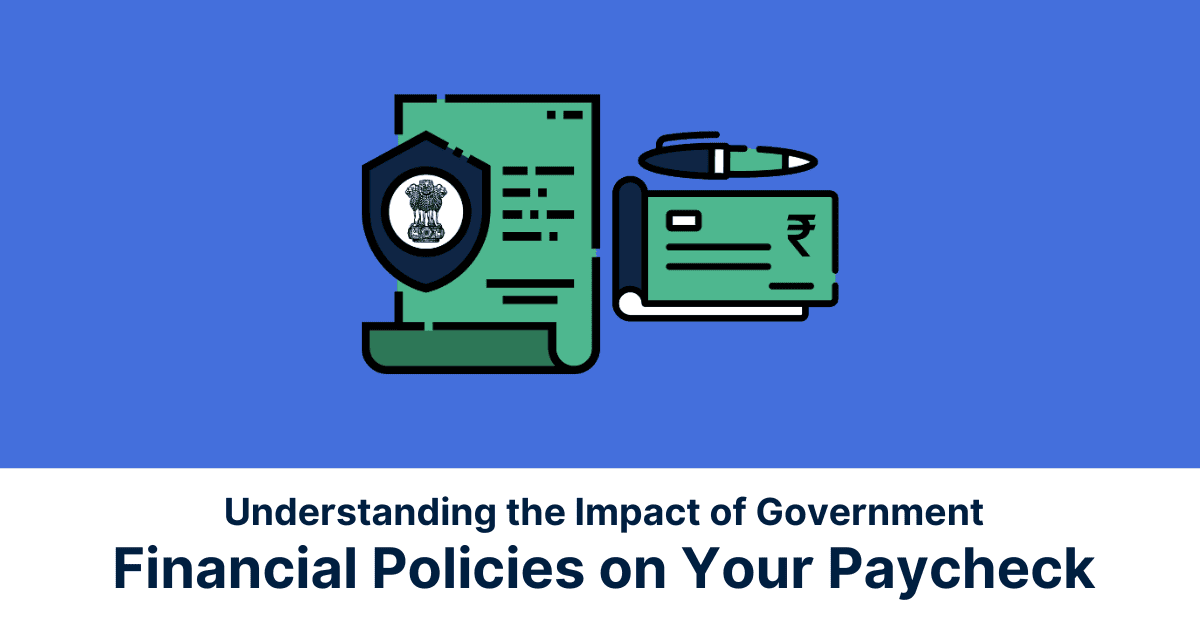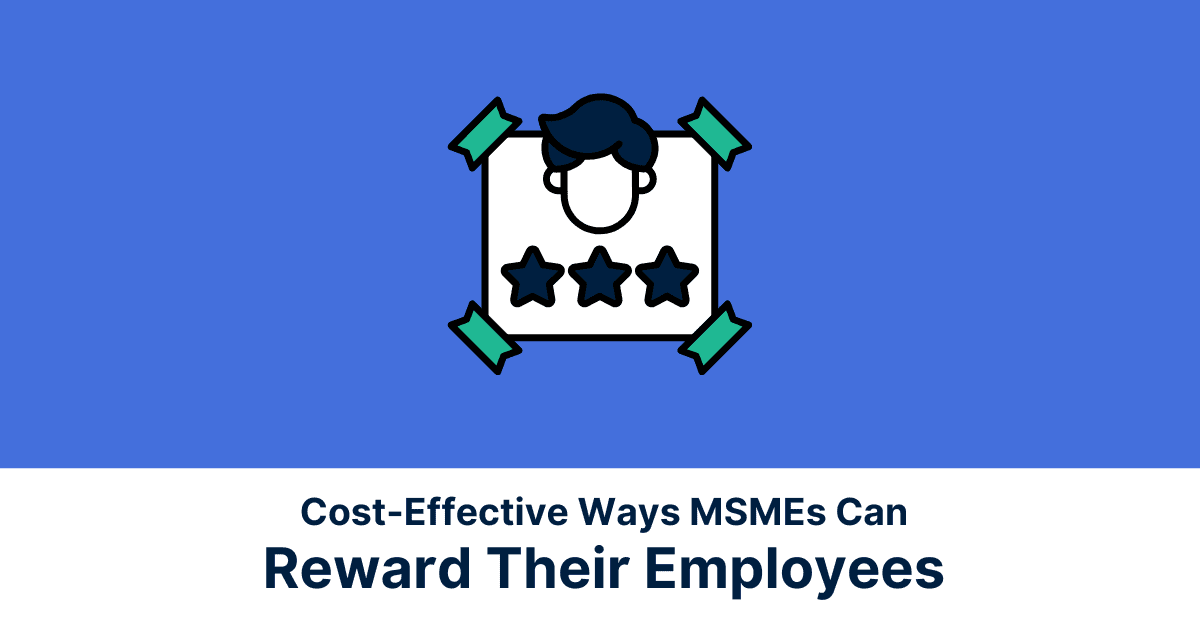Today’s technology-driven early pay solutions and apps offer less costly alternatives to high-interest payday loans, credit cards or pawn shops for employees struggling financially. With unpredictable economic times putting a squeeze on wallets, employees struggle to make ends meet until payday. Recognising this, forward-thinking businesses are embracing on-demand salary, as a revolutionary tool that empowers employees to access their hard-earned pay, when they need it most, aiding financial security and peace of mind.
This article delves into the challenges in implementing on-demand pay and proposes effective solutions to address them.
On-demand Salary: Future of Payroll System
The time has come to say goodbye to rigid paychecks, and hello to instant access. On-demand salary/earned wage access is shaking up industries, challenging the once-standard monthly payout cycle. Gig jobs, remote work, and younger tech-savvy workforces are driving the demand for financial flexibility. Now, employees can tap into earned wages anytime, offering a safety net and increased well-being. From dynamic tech startups to established financial institutions, the trend is clear: empowering employees with financial control attracts talent and strengthens the bottom line. On-demand salary is no longer a fad, it’s the future of pay—and it’s here to stay.
Common Challenges in Implementing On-demand Pay
1. Tax Reconciliation & Compliance Issues
Tax laws haven’t fully adapted to the dynamic nature of on-demand pay. This necessitates a proactive approach and constant vigilance to stay updated with evolving regulations, often varying across geographic locations.
With more frequent transactions, the volume of tax reporting and documentation increases significantly. Manual processes become cumbersome and prone to errors.
Tax rules might differ between states and even localities, adding another layer of complexity.
On the other side of the fence, overly frequent withdrawals or improper tax calculations can attract penalties from tax authorities. Miscalculated deductions on employees’ paychecks can also lead to legal ramifications.
Solution
It’s ideal to partner with experienced payroll providers who have dedicated compliance teams. They stay abreast of changing regulations and advise you on optimal tax handling methods. By outsourcing payroll to such providers, businesses can benefit from their expertise and ensure that on-demand pay models comply with the relevant tax laws.
It is also advised to implement internal controls and monitoring systems to flag potential irregularities. As a measure it is essential to clearly communicate policies and withdrawal limits to employees to promote responsible use of the financial aid.
2. Processing on-demand salary out of pay cycle for multiple people
Existing payroll systems, optimised for recurring pay cycles like monthly or bi-weekly, lack the native functionality to handle ad-hoc on-demand payments. Integrating a real-time wage disbursement option poses unique challenges.
Adapting payroll systems to handle on-demand payments requires a meticulous approach to ensure accuracy. HR teams must reconcile data between regular payroll cycles and on-demand transactions, making certain that each employee’s financial information is correct and up-to-date.
Conventional payroll systems, that have periodic payouts, can create a hurdle for seamless integration with on-demand pay solutions. This mismatch often demands additional effort to enable instant pay features.
Solution :
On-demand Salary Platforms: These integrate with existing payroll systems, allowing employees to access funds before regular paydays. Seamless integration eliminates data reconciliation issues for HR teams. Platforms like Jify handle real-time disbursements and compliance, making on-demand pay efficient and secure.
API-based Integration: Modern payroll systems offer open APIs, allowing on-demand pay solutions to connect and manage ad-hoc transactions. This avoids data discrepancies and ensures accurate records. With an API, HR teams can integrate on-demand features without disrupting existing payroll processes.Both solutions overcome the limitations of traditional systems, making on-demand pay a reality while minimising HR workload.
Managing company finances & issues in accounting:
On-demand payments can disrupt the traditional cash flow patterns that companies plan for during regular pay cycles. Managing unexpected financial demands requires careful cash flow forecasting and liquidity planning to ensure the company can meet its obligations.
Adapting to on-demand pay may require adjustments to the budget. HR and finance teams need to assess the impact on overall expenditure and allocate funds accordingly, potentially reallocating resources from other areas.
Maintaining financial integrity and compliance becomes critical as immediate transactions and reconciling them with regular payroll cycles has to be ensured. Thus, the real-time nature of on-demand pay demands meticulous accounting practices.
Solution:
Cash flow forecasts are needed, that factor in on-demand transactions. Leverage financial technology to automate forecasting and identify potential shortfalls. Secure flexible lines of credit or short-term funding options to buffer cash flow fluctuations. Negotiate extended payment terms with vendors to further stabilise liquidity.
Conduct a detailed analysis of potential on-demand salary usage before adjusting the budget. Evaluate employee demographics, pay patterns, and historical data to predict usage rates. Identify and reallocate underutilised resources within the company. Prioritise operational efficiency to offset potential budgetary increases.
Invest in accounting software with seamless on-demand salary integration. Automate transaction recording, reconciliation, and tax calculations to minimise manual errors.
On-demand salary software integration with existing HRMS:
Adding on-demand pay to your existing HR system feels like trying to fit a square peg in a round hole. They just weren’t made for each other. Hiccups can happen when connecting them, so you’ll need to test everything carefully and might even need to adjust your HR system a bit to make it work. It poses a challenge, but definitely doable.
Along with it comes layers of sensitive financial data. Ensuring the security of this data during transmission and storage is crucial. Encryption and authentication measures are needed to safeguard against potential breaches.
The integration should be designed to manage access and permissions effectively. Ensuring that only authorised people have access to sensitive salary data and transactional details is crucial for maintaining data integrity.
Solution:
Employ an experienced integrator or utilise API integration tools to map data smoothly between your HRMS and on-demand salary software. This ensures seamless data flow and minimises manual intervention.
Consider customising your HRMS workflows to accommodate on-demand salary processes. This could involve integrating approval steps, employee self-service features, and real-time updates into your existing flow.
Enforce multi-factor authentication (MFA) for accessing any system handling salary data and transaction details. This adds an extra layer of security beyond passwords. Restrict access to sensitive data based on roles and permissions, and regularly review and audit access privileges.
Legal Implications on Organisation:
Having an on-demand salary solution might feel like a game-changer for employee retention and satisfaction, but it’s not just about technology and integration. Legal considerations pose a challenging hurdle.
Payroll practices need to comply with existing labour laws and regulations regarding on-demand salary withdrawal limits, pay frequency, overtime, and minimum wage.
Integrating on-demand salary with existing benefits needs careful consideration and fair treatment of employees.
Employment contracts and company policies need to be reviewed and should include provisions for on-demand salary, outlining employee eligibility, fees, limitations, and dispute resolution procedures.
Employees need to be made aware of the program’s terms and conditions, potential fees, and impact on benefits and taxes before opting in. Obtain their informed consent in writing. On-demand pay should be offered fairly to all eligible employees without discrimination based on factors like job role, seniority, or pay level.
Solution:
Review and revise existing employment contracts and company policies to incorporate provisions for on-demand salary, clearly outlining eligibility, fees, and dispute resolution procedures. Work with experienced legal counsel specialising in employment law to navigate complex legal aspects of on-demand salary implementation.
Have anti-discrimination policies to ensure equal access to on-demand salary for all eligible employees, regardless of job role, seniority, or pay level. Prioritise ongoing communication and education for employees regarding the on-demand pay program, its benefits, limitations, and impacts on their salaries and benefits.
Utilise software and payroll systems designed to integrate with on-demand salary features and automate compliance tasks.
Liability and Security Issues:
The immediate nature of on-demand withdrawals raises concerns about potential financial mismanagement by employees. This could lead to increased debt, financial instability, and undue dependence on payday loans. Companies could face accusations of enabling unhealthy financial habits.
Sensitive financial data is the lifeblood of on-demand pay systems. Active cybersecurity measures are important to prevent data breaches that could expose employee salary information and lead to financial losses and identity theft.
Technical glitches or system power outages can disrupt on-demand pay operations, delaying withdrawals and causing financial hardship for employees.
Solution:
Conduct a thorough risk assessment to identify and prioritise potential liability and security threats associated with on-demand salary implementation. Ensure cybersecurity measures like encryption, multi-factor authentication, and regular security audits to protect sensitive financial data are implemented.
Educating employees on the responsible use of on-demand salary features, identifying potential security risks, and reporting suspicious activity is essential.
Consider obtaining appropriate insurance coverage to mitigate potential financial losses from data breaches or errors in on-demand pay transactions.
Conclusion:
On-demand salary has surely made a revolution in financial empowerment and employee well-being, and is waiting to be embraced. By acknowledging the possible challenges that come with it and actively seeking solutions, organisations can pave the way for a successful transition.
Implementing on-demand pay isn’t just about offering an additional employee benefit– it’s about aligning with the evolving needs of today’s workforce and building a future where financial security and flexibility go hand-in-hand.
*Disclaimer:
The information contained herein is not intended to be a source of advice concerning the material presented, and the information contained in this article does not constitute investment advice. The ideas presented in the article should not be used without first assessing your financial situation or without consulting a financial professional.
